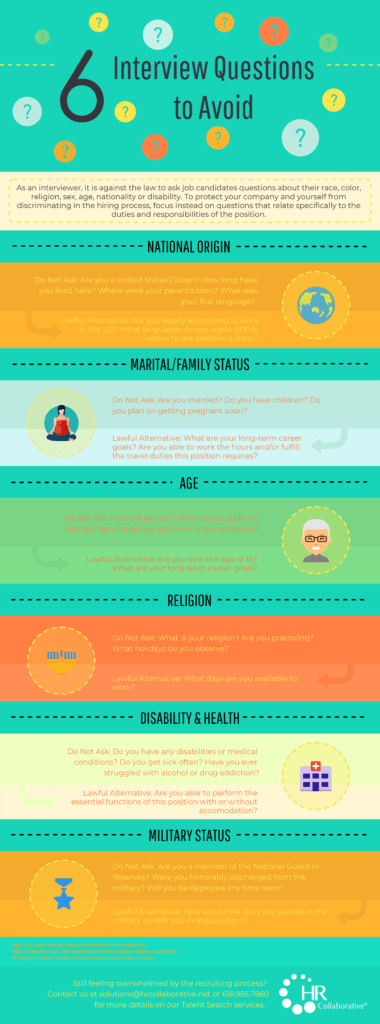How Do You Measure Employee Satisfaction?

Have you ever had a job where you counted the minutes until the end of the day from the moment you walked through the door? How about one where you didn’t mind staying late to help wrap up a project? Having employees who are engaged in their work is a huge asset to an organization because they tend to view the company’s success as personal. If you’re looking to leverage this driven attitude in your organization, you’re probably asking yourself: how do you measure employee satisfaction? And indeed, is satisfaction what you should be measuring?
What Is Employee Satisfaction?
Okay, this is something of a trick question. While employees should undoubtedly be satisfied with their jobs and the work that they do, employers have realized over the past 20 years that satisfaction just isn’t high enough of a bar. Satisfied employees may come in, work all their hours, and hit their performance benchmarks, but do they ever push the envelope? Is the work they’re doing exemplary?
Today, most employers are using employee engagement as the organizing principle on which to determine how much their employees’ goals and interests align with the company’s. Contrary to popular belief, engagement is not the same as satisfaction. Rather, it is the personal involvement and emotional commitment an employee gives to the company they work for, and it’s incredibly powerful: research by Gallup shows that “companies with highly engaged workforces outperform their peers by 147 percent in earnings per share.” (Gallup) Unfortunately, their findings also show that 87 percent of workers worldwide are not engaged with their companies. So how can you improve engagement in your organization?
The first step is to understand how engaged your organization’s employees are now, and that means data. Start by designing, creating, and administering an employee engagement survey.
Creating an Engagement Survey
Strategize
Copying an engagement survey from a quick Google search may be the easy route, but it’s likely not going to help much with giving you the data you need to improve engagement for your employees. Ask yourself questions: what are you hoping to learn? How can you make participation in the survey worthwhile? Who will be in charge of administering the survey and analyzing the results?
Make feedback confidential
Employees have tons of opinions about their companies, but when and where they voice them is a conscious decision based on how they believe those opinions will be received. Someone will probably feel more comfortable complaining about work to a family member than the boss, because one can be therapeutic and the other can result in being out of a job. Your employees will be more likely to engage with your survey if they know their responses are confidential and that negative feedback won’t be met with retribution or punishment. For additional comfort, consider making responses anonymous.
Leverage technology
There are all sorts of online platforms for creating and administering surveys, and they can make the entire process a lot easier for everyone. Pen and paper surveys can get lost or damaged, and results can be time consuming to compile. With online platforms, employees can take the survey at their convenience from any device, and the results are compiled into easy-to-read reports for you.
Design your questions carefully
The most effective employee engagement surveys pay close attention to what a question is asking as well as how and why it’s being asked. What areas of engagement are most critical for employees at your organization? Do you have several questions that are asking the same thing? Do your questions produce actionable insights, or just interesting information?
Some people find it easier to respond to yes or no questions, and some prefer to be given a statement and reply how strongly they agree or disagree with it. There is no right or wrong way to design your survey questions, just make sure they’re relevant to your organization and employees and that they’re designed to be as useful as possible.
Use clear language
Avoid ambiguous language, jargon, slang, abbreviations, and other word choices that could confuse your employees. While “core competency” may mean something to you, it might mean something else entirely—or nothing at all—to someone else. Write your questions in the language that you’d use if you were talking to employees one-on-one, and be sure to go through a review process to make sure that your language is clear.
Act on feedback
If you’re administering an employee engagement survey just to gather interesting information, you’re not going to see any improvement, and you may even frustrate employees who were hoping for change. Once you have your feedback and data, it’s time to make a plan to improve. If the overwhelming response is that employees don’t feel they get enough recognition for their work, start implementing channels for management and peers to provide that recognition. Some things, like pay and compensation, may require collaboration with upper management and finance, but employee engagement is a worthwhile investment for business success, and armed with data, you can more easily make a case for increased focus.
Fostering more engaged employees starts with knowing where they are now, but don’t stop after you’ve created and administered your survey. Engaging your employees is an ongoing process, and it’s one that requires and deserves your business’s attention. Want to learn more about engagement and all the other ways your people can drive success?
Share This Article
































































































